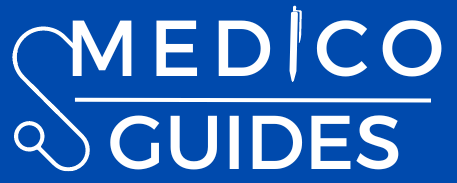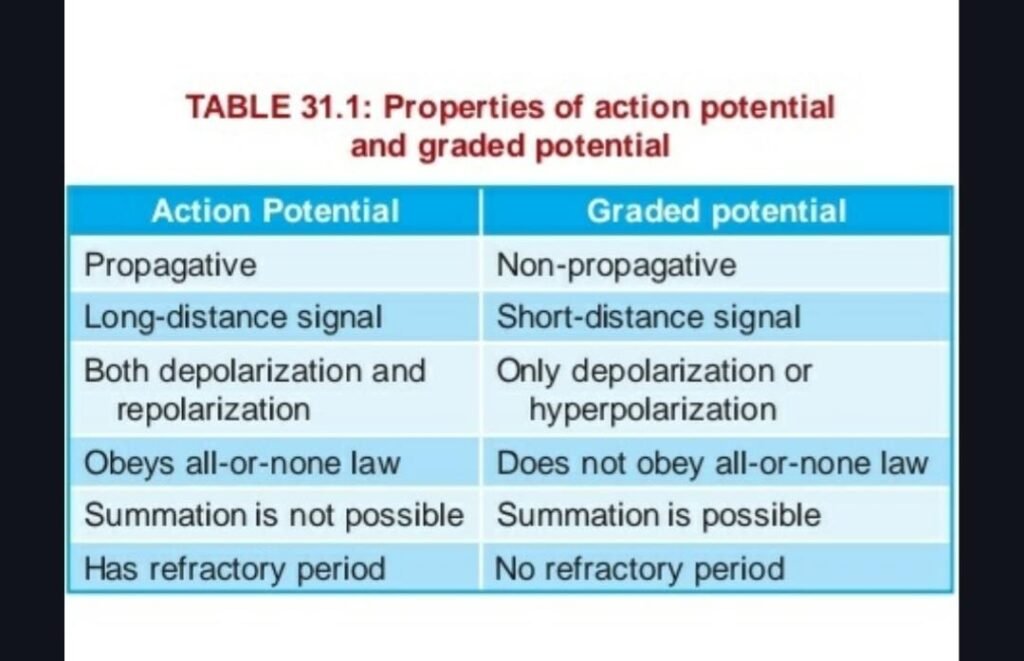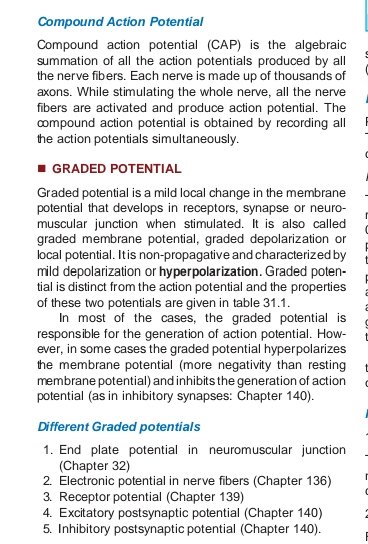Prepared by:
Zuha Iftikhar (G-14)
Compiled by:
Jawad Ashraf (G-14)
Reference Books:
- Medical Histology by Laiq Hussain Revised 7th Edition (Chapter numbers are mentioned according to this edition)
- DiFiore’s Atlas of Histology
- Manual of Histology (your practical notebook)
CIRCULATORY SYSTEM
(Module No 4)
(CV-A-011 – CV-A-017).
- Endocardium, Myocardium & Epicardium (Just Remember the Layers, can be asked in MCQs)
- SA node & AV node (Go through it Conceptually can be Asked in SEQ)
- Endothelium & its Functions IMP
- Layers of blood vessels i.e tunica intima, media & adventitia (Basic Go through) & then you must Know Which arteries Lack which Layer, distinctive Features of arteries, veins and Capillaries from each other is very Important
- The Difference between Different Arteries, Different Veins & Capillaries can be done from your Histo Practical Notebook or You can do it Thoroughly by understanding Diagrams Along with their histological Features (Very Important to Do)
- All green Boxes Diseases are a Must Do thing, never skip these i.e Thrombosis & Embolism, lymphedema, Blood pressure Diseases Arteriosclerosis, Atherosclerosis Important
- Pericytes Important
- Difference between capillaries types, their Examples (Important Often Asked in OSPE and Written)
- Vein Types, must do their Difference
- About T tubules and Intercalated discs (Proff 2023 Question) You have done it in Block-2
- Lymphatic system is not That Important, just go through once for MCQs & basic general Concept (in case it comes)
Note: Basically, Diagrams Are More Important of these Chapters and are often Asked in Written and OSPE both
RESPIRATORY SYSTEM
(Module No 5)
Chapter 17:
(Re-A-020 – Re-A-025)
- Proximal / Distal Respiratory Tract Important Question Asked
- Respiratory epithelium Complete, Cell Names and Description Important
- Olfactory epithelium, Cell Names and Description Important
- About the whole tract from start till alveoli u must know about changes in epithelium glands and cartilage (Question Often Asked to tell the Epithelium from start to end of Respiratory System)
- Paranasal sinuses, Nasopharynx, Larynx Do Their Layers
- Trachea Important Diagram and Layers Both ( Proff 2024 and Block-3 Internal Repeatedly Asked Question )
- Difference b/w intra and extra pulmonary bronchi Important
- Terminal Bronchioles & Clara cells (Club cells) Very Important
- Diff between type 1 and 2 Pneumocytes (Question Asked in Proff OSPE stations)
- Pulmonary Surfactant, Dust cells and Blood Air Barrier Very Important
- Epithelium of Bronchioles to Alveolar sacs is Repeatedly Asked. Must remember it
- All green boxes are Important to Do
Don’t Skip Diagrams, those are Very Important to Do.


















